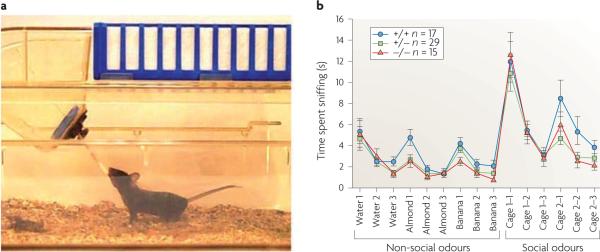Figure 3. olfactory habituation/dishabituation.
a | The testing environment, an empty, clean mouse cage containing a thin layer of clean bedding and a hole for inserting a cotton-tipped swab40,120,131,132,134. b | Representative data from a line of oxytocin (Oxt, also known as OT)-knockout mice, comparing null mutants, heterozygotes and wild-type littermate controls. The first presentation of a water-saturated cotton swab elicited moderate sniffing that decreased across the second and third presentations of water swabs (habituation). The next presentations of three swabs saturated with almond extract (1:100 dilution) elicited significantly more sniffing (dishabituation), which decreased across the second and third presentations of the almond odour (habituation). The next presentations of three swabs saturated with imitation banana flavouring (1:100 dilution) elicited more sniffing (dishabituation) that decreased across the second and third banana presentations (habituation). The next presentations of three swabs swiped across the bottom of a cage containing soiled bedding from mice which had no previous contact with the subject (cage 1) elicited high levels of sniffing (dishabituation), which decreased across the second and third presentations of swipes from social cage 1 (habituation). The next presentations of three swabs swiped across the bottom of a different cage containing soiled bedding from mice that had no previous contact with the subject (cage 2) elicited high levels of sniffing (dishabituation), which decreased across the second and third presentations of swipes from social cage 2 (habituation). The shapes of the habituation and dishabituation curves confirm that the mice have the sensory abilities to detect and discriminate non-social and social odours. The heights of the peaks indicate interest in non-social and social odours. Time spent sniffing the social odours is generally higher than the number of sniffs of non-social odours. n = 7 male and 10 female Oxt+/+ mice, 14 male and 15 female Oxt+/− mice, 6 male and 9 female Oxt−/− mice. Part b is reproduced, with permission, from Ref. 40 © (2007) Elsevier.

